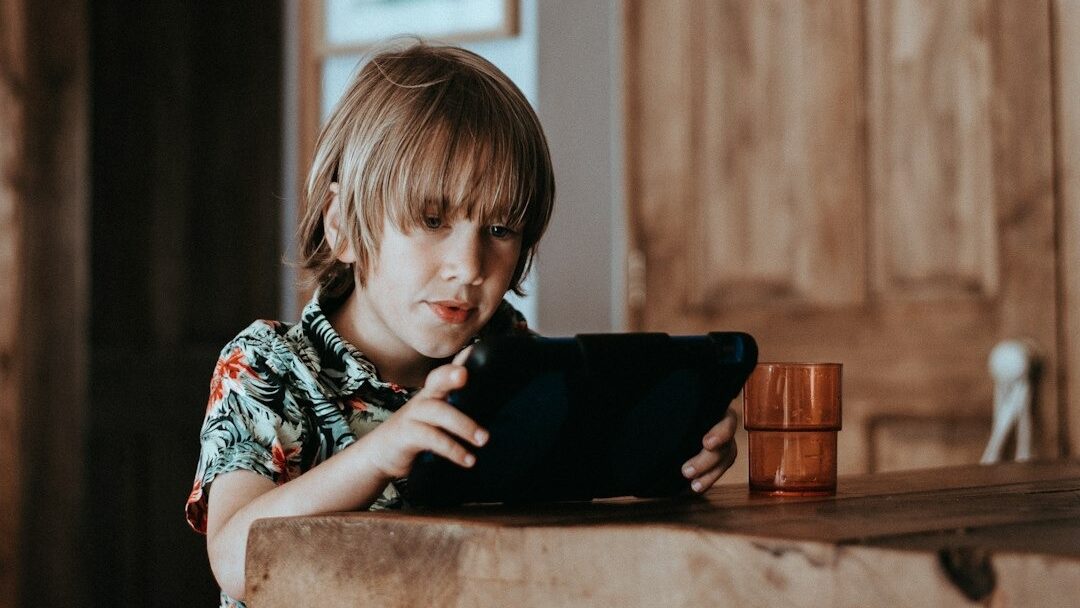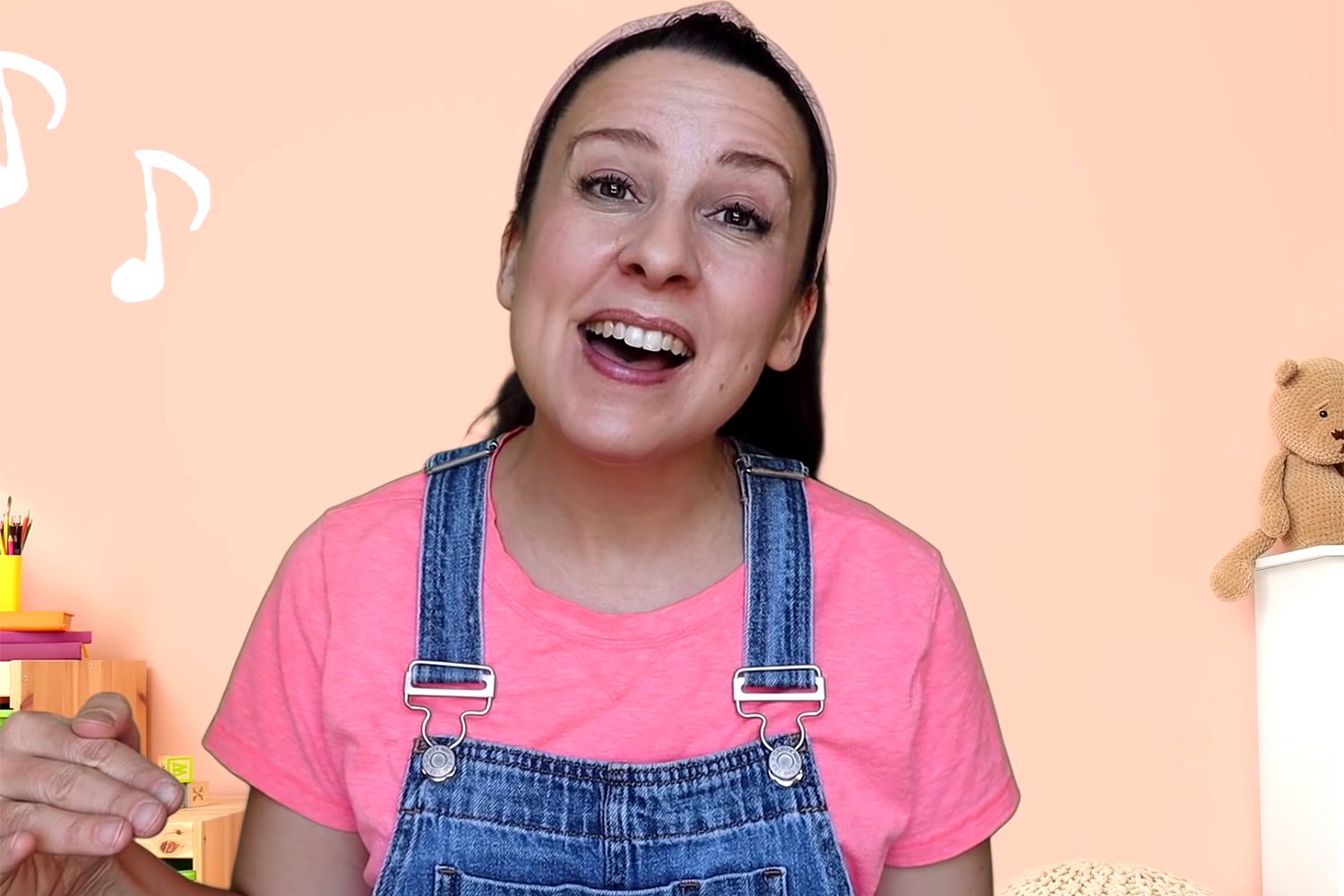Building a successful YouTube channel for kids takes planning, creativity, and an understanding of what engages young viewers. If you’ve ever watched “Miss Rachel” on her Songs for Littles channel, you’ve probably seen how she keeps kids entertained while helping them learn. Her approach is warm, interactive, and educational, which has made her channel incredibly popular with parents and young children. In this guide, I’ll show you exactly how to create a channel like “Miss Rachel,” with simple steps to attract viewers, keep them engaged, and grow your following.
Outline
- What Makes “Miss Rachel” Successful?
- Decide on Your Niche and Purpose
- Understand Your Audience
- Create a Unique Learning Style
- Make Content Engaging and Age-Appropriate
- Plan Your Videos with a Storyboard
- Build a Consistent Brand
- Production Tips for Quality Videos
- Editing Tips for Professional Results
- Optimize for Search and Discoverability
- Engage and Build Community
- Strategies for Growth and Monetization
- Consistency and Long-Term Planning
1. What Makes “Miss Rachel” Successful?
Miss Rachel, creator of Songs for Littles, has made a huge impact by focusing on early learning. Her videos are designed for toddlers, helping them develop language, numbers, and social skills through songs, visuals, and repetition. Kids feel like she’s talking directly to them, creating a safe, friendly space for learning. The success of her channel shows that it’s possible to create educational content that kids love and parents trust.

2. Decide on Your Niche and Purpose
Your first step is to define your niche—what makes your channel unique and what you want kids to learn. Here are some ideas to get you started:
- Topic: Decide on an area to focus on, like language, numbers, or social skills.
- Age Group: Think about who your videos will be for, like toddlers, preschoolers, or early grade-school kids.
- Format: Choose a style for your videos. Will they be mostly songs, stories, or interactive games?
For example, if you want to teach basic words and numbers, make that your primary focus. When you know your purpose, you’ll have a strong foundation for building all your content.
3. Understand Your Audience
Understanding your audience means knowing what kids like, but also what parents expect. Here’s what to keep in mind:
- Parent Expectations: Parents want safe, educational, and ad-free videos for their kids. They look for channels that can help their children learn.
- Popular Content Styles: Look at popular videos for your target age group and take note of what’s working.
- Keep It Fun and Friendly: Your videos should feel inviting. Kids enjoy friendly faces, gentle tones, and clear speech.
For instance, Miss Rachel’s videos are gentle and patient, which helps build trust with both kids and parents.

4. Create a Unique Learning Style
Creating your own teaching style is key to standing out. Here are a few things that make for effective, fun learning:
- Use Learning Techniques: Repetition, clear examples, and asking kids to repeat words help reinforce lessons.
- Interactive Prompts: Encourage kids to participate by clapping, singing, or answering questions. Interactive content makes learning feel more personal and fun.
- Keep it Simple: Kids respond well to simple visuals and clear instructions. Use bright colors and clear animations to hold their attention.
Creating this unique style will give kids and parents a reason to keep coming back to your videos.
5. Make Content Engaging and Age-Appropriate
Creating content that’s both engaging and age-appropriate is key. Here are some tips:
- Keep It Simple and Fun: Stick to basic topics, like colors, shapes, and simple songs.
- Keep Videos Short and Slow-Paced: Young children have shorter attention spans, so aim for 5–10 minutes. Make sure to speak slowly and clearly so they can follow along.
- Repeat Key Lessons: Repetition helps kids remember. If you’re teaching colors, repeat them throughout the video.
If you’re teaching numbers, spend the whole video counting in different ways to help reinforce the lesson.

6. Plan Your Videos with a Storyboard
Storyboarding helps you stay organized and keeps your videos focused. Here’s how to use storyboarding:
- Map Out the Video: Divide the video into parts: Introduction, Main Content, Activity, and Conclusion.
- Include Repetition and Engagement: Plan out spots for asking questions, using hand motions, or repeating a song.
- Plan Visuals and Movements: Think about where you’ll use visuals, like colorful props or hand motions to keep kids engaged.
Storyboarding ensures you have a clear plan and a smooth flow for each video.
7. Build a Consistent Brand
Building a strong brand will make your channel memorable. Here’s how:
- Choose a Channel Name and Logo: Pick a simple, catchy name like “Learn with [Your Name]” or “Songs for Kids.” Create a logo that’s colorful and fun.
- Develop Your On-Screen Personality: Kids like friendly and consistent characters. Whether you’re goofy or calm, stay true to that personality in every video.
- Create a Fun Setting: Set up a bright, colorful background with kid-friendly props, posters, or stuffed animals to make it inviting.
Miss Rachel’s consistent and welcoming personality makes her videos feel like spending time with a friend.

8. Production Tips for Quality Videos
Good production quality keeps people watching. Here’s how to make your videos look and sound great:
- Lighting: Use soft lighting to keep things bright without harsh shadows. Natural light or ring lights work well.
- Camera: Use an HD camera or a smartphone with a good camera. A steady camera helps keep viewers focused.
- Sound Quality: A clear microphone is important. Background noise can be distracting, so record in a quiet room.
With these tools, your videos will have a professional feel, which builds trust with parents.
9. Editing Tips for Professional Results
Editing brings your video together. Here are some easy editing tips:
- Editing Software: Use beginner-friendly software like iMovie or Adobe Premiere Rush. These tools have easy controls for beginners.
- Add Fun Effects and Text: Include colorful text and simple animations. Subtitles help kids (and parents) understand what you’re saying.
- Cut Out Unnecessary Parts: Keep the pacing smooth by cutting out pauses or extra parts that aren’t needed.
Good editing keeps the content smooth and interesting, which makes kids more likely to keep watching.

10. Optimize for Search and Discoverability
YouTube is a huge platform, so optimizing your videos helps people find them. Here’s how:
- Use Keywords in Titles and Descriptions: Include keywords like “toddler songs,” “learning colors,” or “counting for kids.”
- Simple Titles: Use clear, direct titles like “ABC Songs for Kids” or “Learning Colors with Songs.”
- Catchy Thumbnails: Design bright thumbnails with big, friendly images. Kids are drawn to colorful, happy faces, and simple text.
These tips will help more parents and kids find your videos.
11. Engage and Build Community
A strong community means loyal viewers. Here’s how to build it:
- Ask for Feedback: Encourage parents to comment with what they liked or what they’d like to see next.
- Social Media: Share your videos on Instagram, Facebook, and Twitter to reach more people.
- Polls and Suggestions: Use YouTube’s community tab to ask parents for topic ideas.
Creating a community of loyal viewers can help your channel grow faster.

12. Strategies for Growth and Monetization
Once you have a following, consider ways to earn money. Here are some strategies:
- YouTube Partner Program: When you reach 1,000 subscribers and 4,000 watch hours, you can apply to earn ad revenue.
- Brand Partnerships: You could work with educational or kid-friendly brands to promote products that fit your channel.
- Sell Merchandise: Consider selling educational items or branded products as your channel grows.
Keep any sponsored content kid-friendly and make sure it matches the values of your channel.
13. Consistency and Long-Term Planning
To stay successful, you need to be consistent and have a long-term plan:
- Regular Schedule: Upload regularly (once or twice a week) to keep your audience engaged.
- Evolve Your Content: As you grow, consider new content ideas like songs about emotions, manners, or friendship.
- Stay Motivated: Kids’ content is competitive, but remember why you started. Focusing on your passion for helping kids learn will keep you motivated.
Staying consistent and adapting to feedback will help your channel grow and stay relevant over time.
By following these steps, you’ll be well on your way to creating a successful, educational YouTube channel like “Miss Rachel.” Starting a channel takes time, creativity, and patience, but the results can be incredibly rewarding when you see kids learning and enjoying your videos.


Leave a Reply